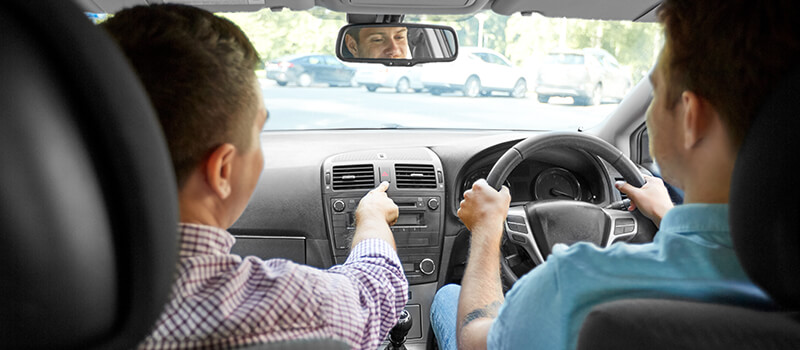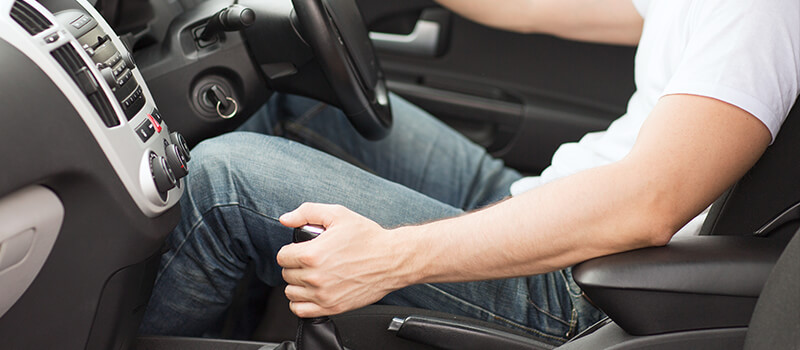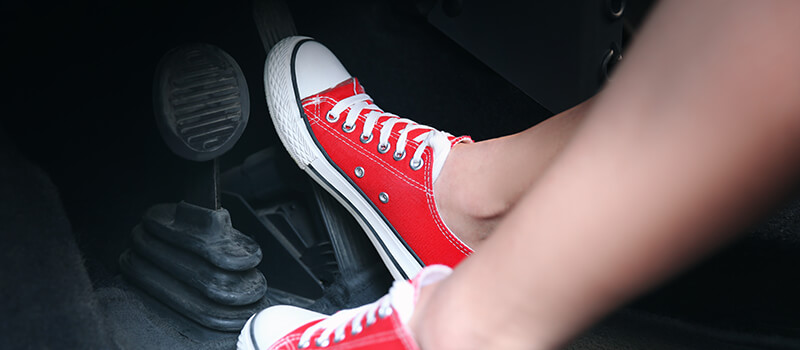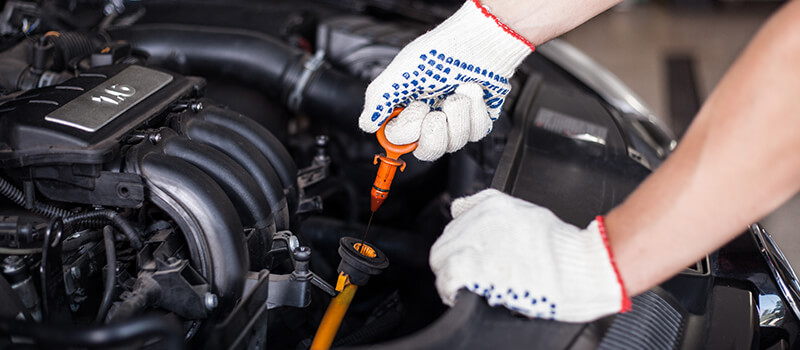As you approach the stage where you feel as if you are ready to begin learning to drive and are eager to start your lessons, it is vital to take time to consider whether you want to learn in a manual or automatic vehicle. Both options do have their own benefits and drawbacks, which does mean that you won’t be able to make the decision overnight.
It is important to always remember that if you pass your practical driving test in a manual vehicle, then your licence covers you to legally drive both manual and automatic vehicles for the duration of your driving life. However, if you pass your test in an automatic car, you are limited as your licence will only cover you for an automatic vehicle. You cannot legally drive a manual car.
To give you an insight into the difference in features and component of each option, we are going to compare driving an automatic vs manual vehicle and how each affects driving lessons.
Driving An Automatic vs Manual
Here at our driving school in Oxford, we offer both manual and automatic lessons, and we suggest if you really are undecided on the best option for you, consider booking two initial lessons – one hour with an automatic instructor and then another a different day with a manual instructor. Here you will be able to experience each and then come to the conclusion on which option would suit you best. Opting to book two different initial driving lessons can be somewhat tedious, so we recommend only going for this option if you cannot make your mind up through research.

The most significant differences between manual and automatic vehicles are the following:
- Gears
- Clutch
- Cost
So, these are the three factors we are going to focus on and compare the difficulties they may cause new drivers.
Gears: Manual vs Automatic
When it comes to gears, the biggest difference is that in a manual vehicle you have to physically change gears, whereas, in an automatic, there is a sequence of technology that does this for you.
In a manual vehicle, there will be a gear stick, which allows you to change up and down gears, also put the car into reverse. Judging when to change gears is often somewhat difficult for new drivers and can cause the vehicle to make strange, unfamiliar noises, sometimes even stall. When speeding up, you’ll need to change up gears and then change down gears when slowing down.
Driving too fast in a gear too low will cause the engine to work overtime, and you’ll hear loud revving noises, which over time will start to have a negative effect on your vehicle. Whereas, driving too slow in a gear too high will make your car feel as if it is juddering, which may cause you to stall. You must also always remember to put the car back into first gear when you stop, as again, trying to pull off from stationary in any gear other than first is likely to result in stalling.
One of the biggest challenges when learning to drive is grasping the correct coordination to keep the car driving smoothly. You’ll need to get the hang of timing your braking, acceleration, clutch control, steering and gear changes perfectly. Many learners try to put off changing gears as long as possible as it does mean you’ll have to briefly steer with just one hand.
In an automatic vehicle, as mentioned previously, there is a combination of different internal mechanisms that allow the car to judge when gears should be changed, so you don’t have to do it manually. The electronics are programmed to take factors such as the road type and your speed into consideration, then change gears accordingly. As the extra job of switching gears is taken away, it does give you more time to focus on skills such as observation and manoeuvres.
Although automatic vehicles do make life easier, many drivers are rather dubious, simply because it does feel as if you have less control over the car.

Clutch: Manual vs Automatic
We can almost guarantee that the first question you’ll be asked by your friends after your first driving lesson is “did you stall?”. Most of the time, this is a yes, and it isn’t something to be embarrassed about, believe us when we say every driver has been there at least once. One of the biggest culprits for stalling is clutch control.
Explaining the difference in gears leads us on well to the clutch as the two come hand in hand. The clutch is there to allow you to change gears, so if there are no gears then there will be no need for a clutch pedal; therefore you cannot stall in an automatic vehicle.
When taking manual driving lessons, you’ll spend time with your driving instructor trying to get to grips with the bite point. The tricky thing about the bite points is it only takes a slight release with the clutch just a fraction too high to stall. However, just like any other driving skills, once you’ve nailed it, it will become second nature, and you’ll be able to judge the bite point through things such as the noise and feeling of the clutch.
There will be no need to practice finding the bite point in an automatic vehicle, all you will need to do to set off is release the brake and move over to the acceleration, the process will feel smooth. As there will be no need to spend time practising using the clutch, your instructor will focus on using the time to perfect skills such as manoeuvres.
One of the most significant downsides of learning without a clutch pedal is that if you ever wanted to switch to driving a manual vehicle and re-start driving lessons, it is likely to take you longer to get to grips with the bite point than it would for someone with no driving experience. You will be so used to releasing the pedals quickly without worrying about stalling; you’re likely to automatically do the same on the clutch.

Costs: Manual vs Automatic
Although it is important when deciding the type of driving lessons you will take, to take into consideration how easy it will be to learn to drive, it’s also vital to think long-term. As a first time driver, your car is probably going to be the biggest investment and monthly expense that you’ve had so far, so you want to go for something affordable.
When talking overall costs, opting for a manual car will be cheaper. If for your first few years, all you’re looking for is a small car that is cheap to fill up and will get you from A to B, then its highly recommended to go down the manual route. You’ll have so many more options to chose from, and you’re more likely to be able to negotiate a lower price because there is just so many manual first car options out there.
Although you may be able to pick up an automatic car for a relatively low price, repairs tend to be considerably more expensive. Automatic vehicles feature a sequence of components that rely on each other to keep the car running. If one component fails, then you’ll need to choose between paying for repairs immediately or going without a car until you’re able to find the extra cash.
As for driving lesson prices, there isn’t much of a difference between the cost of manual compared to automatic lessons. In some cases, automatic lessons are very slightly more, but it will only be by a few pounds, so if cost is the main decider for you, always think long term.

The Difference In Manual and Automatic Lessons
Every driver is different and what may come as second nature to one person, will prove difficult for another, which is why it is so important not to be influenced by others. Spend time doing your own research and understanding the main differences in each along with the benefits and drawbacks, a combination of all three will help to make your decision. And remember, if you do try learning in a manual and absolutely hate it, or vice versa with automatic, nothing is stopping you switching to the second option.
